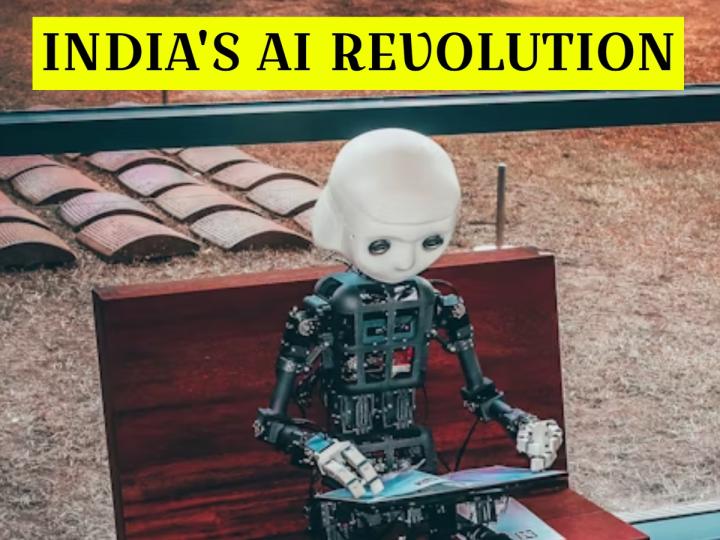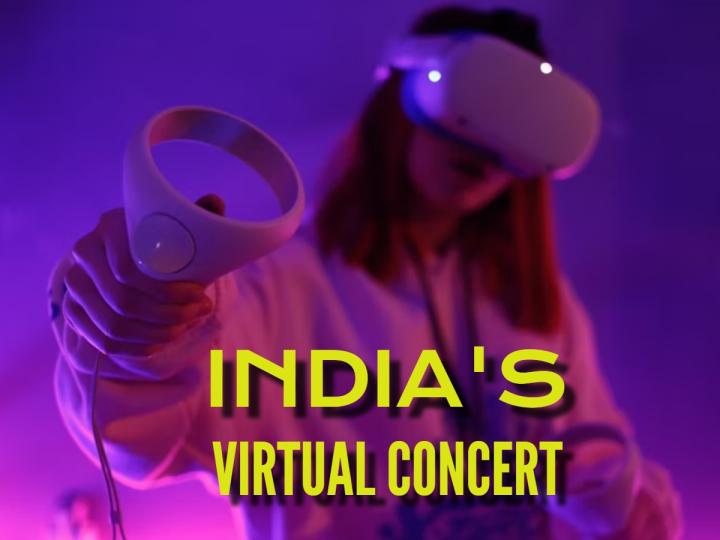
In 2025, India has emerged as a global hotspot for Artificial Intelligence (AI). With over 1,000 AI startups, billions of dollars in venture capital funding, and widespread adoption across multiple industries, AI has transitioned from a futuristic idea to a core driver of business transformation.
One of the most transformative trends is Generative AI—tools capable of producing text, images, videos, and even software code. These technologies are reshaping workflows, reducing operational costs, boosting productivity, and creating entirely new revenue models. Combined with India’s talent pool of over 500,000 skilled AI professionals, strong government backing, and AI Centers of Excellence across multiple states, the country is not only meeting domestic AI demands but also exporting solutions to markets in North America, Europe, and the Middle East.
India’s AI landscape represents a rare convergence of startup energy, government support, global demand, and cutting-edge technology, positioning the country as one of the fastest-growing AI economies in the world.
AI is revolutionizing healthcare in India by improving diagnostics, enabling predictive healthcare, and reducing costs. AI-driven platforms are being used for telemedicine consultations, disease prediction, and even drug discovery. Startups like Niramai are pioneering AI-based breast cancer screening tools, while AI-powered clinical decision support systems help doctors make faster and more accurate diagnoses.
The integration of AI in healthcare ensures better access for patients in remote areas, helping bridge the rural-urban medical divide. Hospitals and diagnostic centers are now leveraging machine learning to analyze large patient datasets, optimize treatment plans, and monitor health outcomes in real-time.
The Indian fintech sector has seen explosive growth due to AI adoption. From fraud detection to personalized banking and investment advisory services, AI is enhancing security and convenience for millions of users.
Chatbots powered by AI handle customer queries 24/7, while predictive algorithms monitor transactions to prevent fraud. Robo-advisors are helping investors build personalized portfolios, making wealth management accessible to first-time investors. With over 200 million digital banking users, AI is rapidly becoming the backbone of India’s financial ecosystem.
AI in education is transforming learning from a one-size-fits-all approach to personalized, adaptive learning. Platforms powered by AI can analyze student performance, recommend custom learning paths, and identify areas of improvement in real-time.
Generative AI tools are also helping educators create interactive content, quizzes, and virtual classrooms at scale. Students in tier-2 and tier-3 cities now have access to high-quality learning materials, leveling the playing field for learners across India.
AI is also disrupting retail and e-commerce in India. Retailers are using AI to deliver personalized product recommendations, manage inventory through predictive analytics, and optimize pricing strategies.
Voice commerce and AI-driven chatbots are creating a seamless shopping experience, while AI algorithms help brands analyze consumer behavior and anticipate trends. Startups like Mad Street Den are providing computer vision solutions that allow retailers to enhance the customer experience both online and in-store.
India now ranks third globally in terms of the number of AI startups, trailing only the US and China. The country’s AI ecosystem is a vibrant mix of innovation, investment, and talent.
Key players include:
Haptik – AI-powered conversational platforms for enterprises.
Mad Street Den – Computer vision and retail AI solutions.
Staqu – AI solutions for surveillance, analytics, and smart cities.
Niramai – Healthcare-focused AI for early detection of diseases.
In 2024 alone, Indian AI startups raised over $1 billion in funding, signaling strong investor confidence. With initiatives like AI Centers of Excellence in over 10 states and a national AI strategy led by NITI Aayog, India is cultivating a robust ecosystem for both innovation and commercialization.
Generative AI is rapidly becoming a core differentiator in India’s AI landscape. These AI tools can:
Generate high-quality text content, replacing repetitive human tasks.
Produce images and graphics for marketing, design, and media applications.
Write code snippets, accelerating software development processes.
Companies across sectors are using Generative AI to automate processes, reduce turnaround times, and innovate new business models. For instance, retail brands are using AI-generated marketing campaigns to personalize customer engagement at scale, while educational platforms use AI-generated content for adaptive learning modules.
India’s AI professionals, numbering over 500,000, are now powering outsourcing contracts, R&D projects, and global AI deployments. Indian AI products and solutions are increasingly being adopted in North America, Europe, and the Middle East, making the country a hub for cost-effective, high-quality AI solutions.
With cross-border investments, global collaborations, and venture capital influx, India is positioning itself as a strategic AI hub, bridging innovation with global market demand.
The Indian government has actively accelerated AI adoption through initiatives such as:
NITI Aayog’s National AI Strategy – Focused on health, agriculture, education, smart mobility, and financial inclusion.
AI Centers of Excellence – Spread across multiple states to develop local talent and AI solutions.
Regulatory Frameworks – Ensuring responsible AI use, data privacy, and ethical deployment.
Government backing ensures that AI innovation is inclusive, scalable, and globally competitive, creating opportunities not just in metro cities but also in tier-2 and tier-3 regions.
Healthcare Example: Niramai’s AI-powered early detection platform has screened over 50,000 women, drastically improving cancer diagnosis rates.
Fintech Example: Leading banks leverage AI for fraud detection and predictive analytics, reducing losses and improving customer trust.
Retail Example: AI-driven recommendation engines in e-commerce have increased conversion rates by over 25%, showing measurable ROI for Indian businesses.
Despite tremendous growth, India’s AI ecosystem faces challenges:
Data Privacy: Secure and ethical use of personal and business data.
Talent Gap: While skilled AI professionals are growing, demand still exceeds supply.
Infrastructure: AI adoption requires robust cloud, high-speed internet, and computing resources.
However, 2025 marks a turning point. With ongoing investments, government policy support, and the rise of Generative AI, India is on track to:
Become a top global AI innovation hub.
Drive adoption across traditional and emerging sectors.
Export AI solutions to international markets.
Empower startups and SMEs to leverage AI for growth and efficiency.
India’s AI revolution in 2025 is multi-dimensional, powered by startups, talent, government support, and global collaborations. Generative AI, in particular, is reshaping how businesses innovate, communicate, and operate.
From healthcare and fintech to education and retail, AI is no longer optional—it’s the backbone of digital transformation. With a strong domestic ecosystem and growing international recognition, India is not just participating in the AI race; it is leading it.
For entrepreneurs, investors, and policymakers, India’s AI story is a call to action — the next big innovations, business opportunities, and societal impact are being written today with AI at the center.
Suggested Reads:




